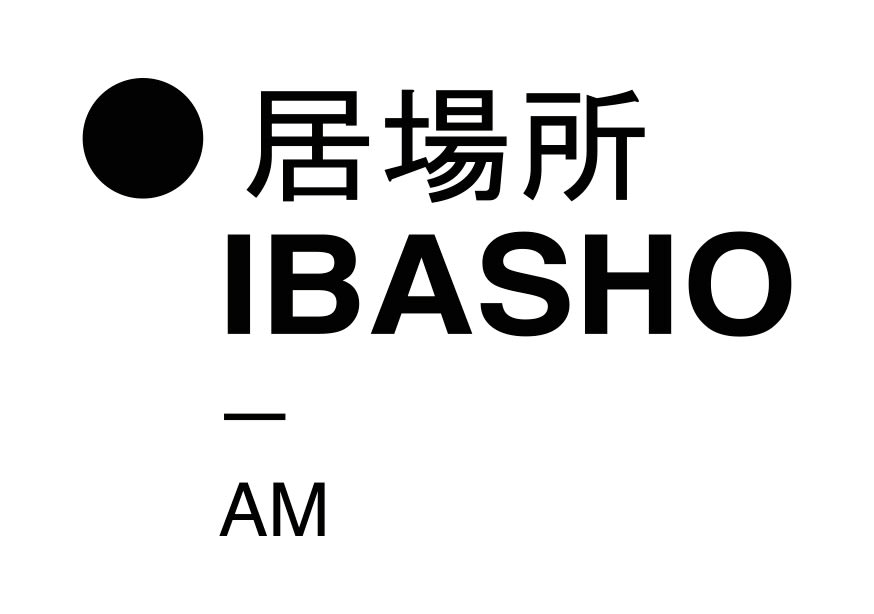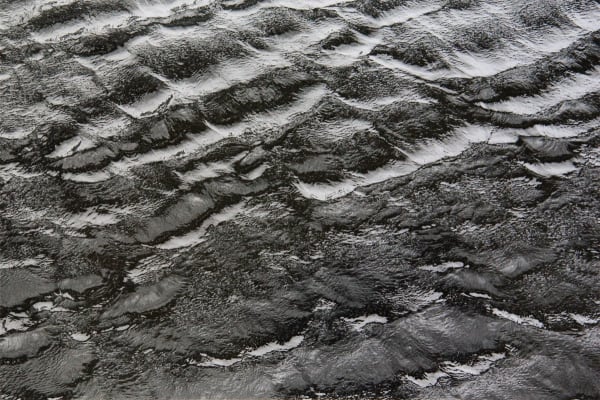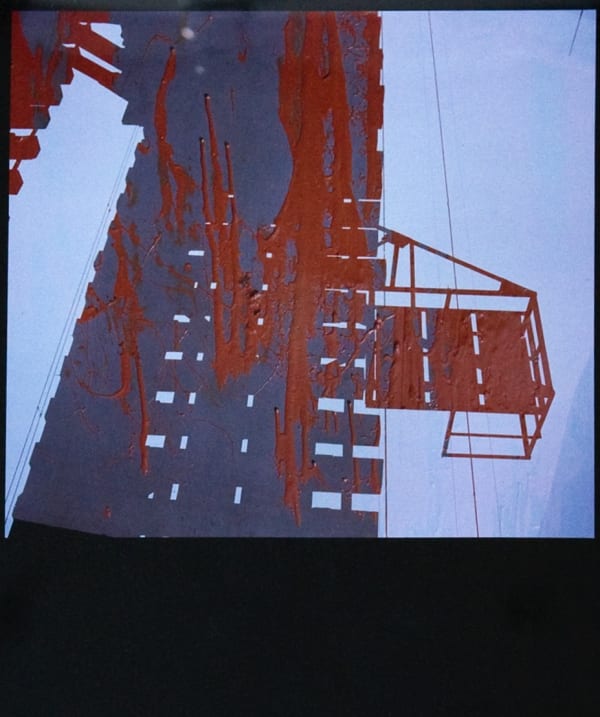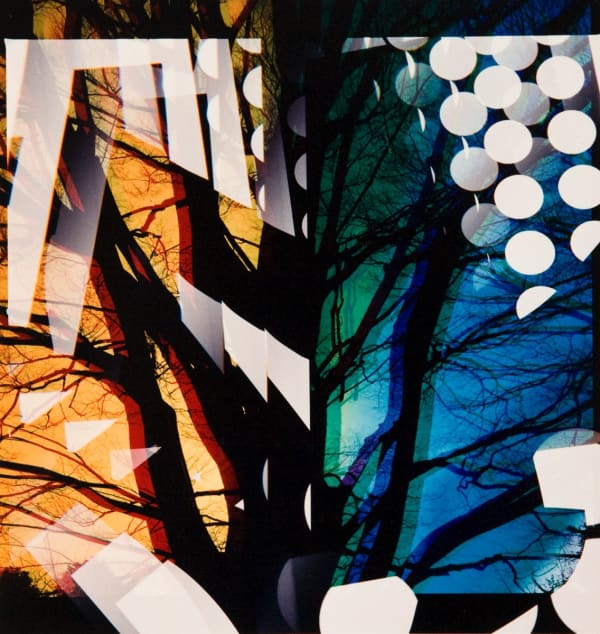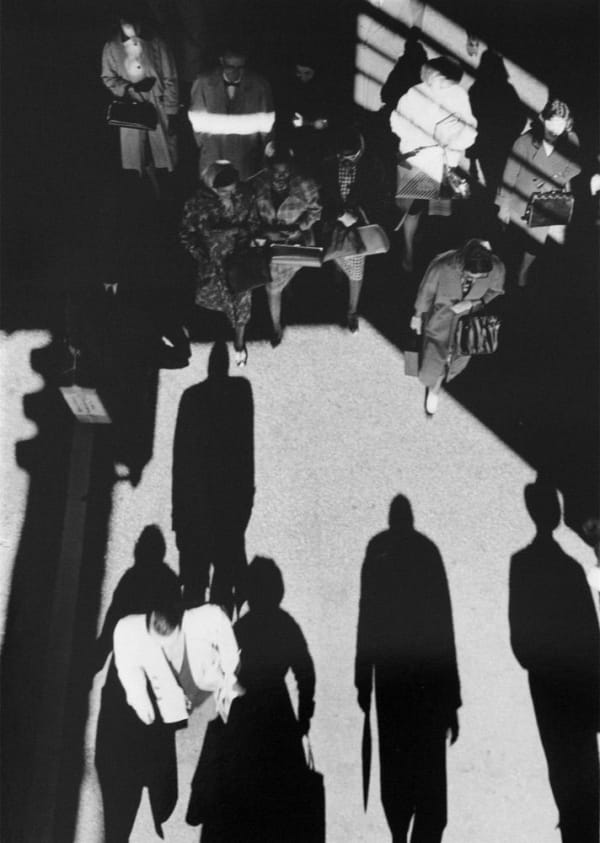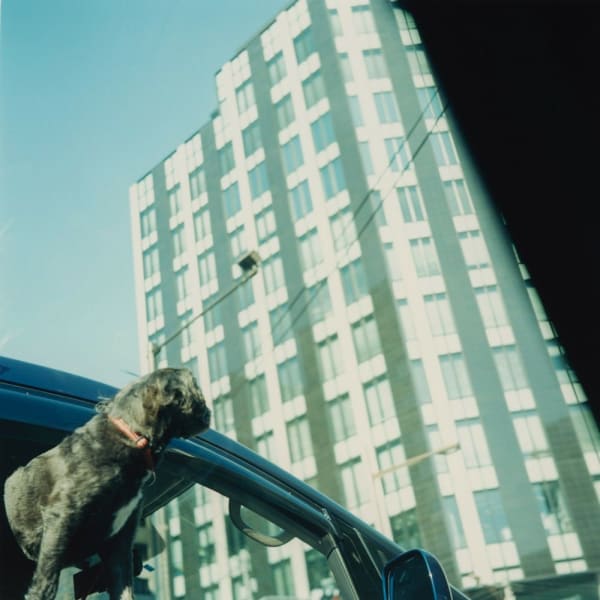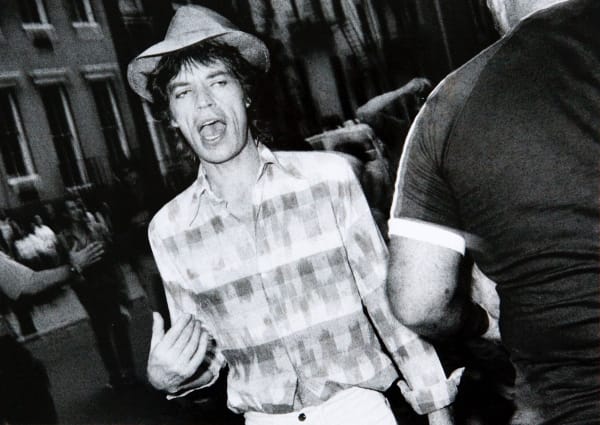Yasuhiro Ishimoto
Yasuhiro Ishimoto (1921-2012) was born in San Francisco, moved to Japan at the age of three, and in the midst of the Second Sino-Japanese War, his parents sent him back to California in 1939. During the war he was interned in Colorado and later settled in Chicago where he decided to study architecture. From there, Ishimoto was drawn into the city’s excellent mid-century photography scene, in which he studied at the Chicago Institute of Design under Harry Callahan and Aaron Siskind. During this time, he won numerous photography awards, including the Moholy-Nagy Prize, which he won twice. The Institute's curriculum emphasised the formal aspects of the pictorial space and had a profound influence on Ishimoto’s distinctive east-west aesthetic that reinterpreted traditional Japanese culture through the lens of modernism.
In his role as a photographical bilinguist, Ishimoto has greatly contributed to the emergence of the more expressive ‘image school’ generation, of Ikko Narahara, Shomei Tomatsu and Eikoh Hosoe.
Ishimoto’s work has always been highly celebrated globally. It was among others included in the major exhibition Family of Man in 1955 as well as in the seminal show New Japanese Photography in 1974, both in MoMA New York. In 1996 he was titled Person of Cultural Merit by the Japanese government.
His work is included in the collections of The National Museum of Modern Art, Tokyo (MOMAT), The Tokyo Photographic Art Museum, The Museum of Modern Art (MoMA), The Art Institute of Chicago and The Bauhaus Archive among others.
-
 Water, from Moment (Plate 29), 1997
Water, from Moment (Plate 29), 1997 -
 Untitled (abstraction B&W) 1,Tokyo, 1993
Untitled (abstraction B&W) 1,Tokyo, 1993 -
 Untitled (abstraction B&W) 5, 1990s
Untitled (abstraction B&W) 5, 1990s -
 Untitled (abstraction B&W) 3, 1990s
Untitled (abstraction B&W) 3, 1990s -
 Untitled (abstraction b&W) 2, 1990s
Untitled (abstraction b&W) 2, 1990s -
 Untitled (abstraction with yellows and grey), 1981
Untitled (abstraction with yellows and grey), 1981 -
 Untitled (abstraction with red, grey and white), 1981
Untitled (abstraction with red, grey and white), 1981 -
 Untitled (color abstraction 3) from the series Colour and Form, 1973-2009
Untitled (color abstraction 3) from the series Colour and Form, 1973-2009 -
 Untitled (abstraction colour 1) from series Colour and Form, 1973-2009
Untitled (abstraction colour 1) from series Colour and Form, 1973-2009 -
 Untitled, from Chicago, Chicago, 1958-1961
Untitled, from Chicago, Chicago, 1958-1961 -
 Untitled, from Chicago, Chicago, 1958-1961
Untitled, from Chicago, Chicago, 1958-1961 -
 Halloween, Southside, 1951
Halloween, Southside, 1951 -
 Untitled, Chicago, 1950
Untitled, Chicago, 1950 -
 Untitled (abstraction B&W with reed) 4
Untitled (abstraction B&W with reed) 4
-

Iro To Katachi - Yasuhiro Ishimoto
Color And Form Yasuhiro Ishimoto, 2003hardcover with dust jacket and obi, 130 pagesRead more
Publisher: Heibonsha Limited Publishers
ISBN: 4582277519
Dimensions: 291 x 240 mm -

moment - Yasuhiro Ishimoto
Toki Yasuhiro Ishimoto, 2004Hardcover with dust jacket in slipcase with obi, 214 pagesRead more
Publisher: Heibonsha, Ltd.
Dimensions: 307 x 265 mm -
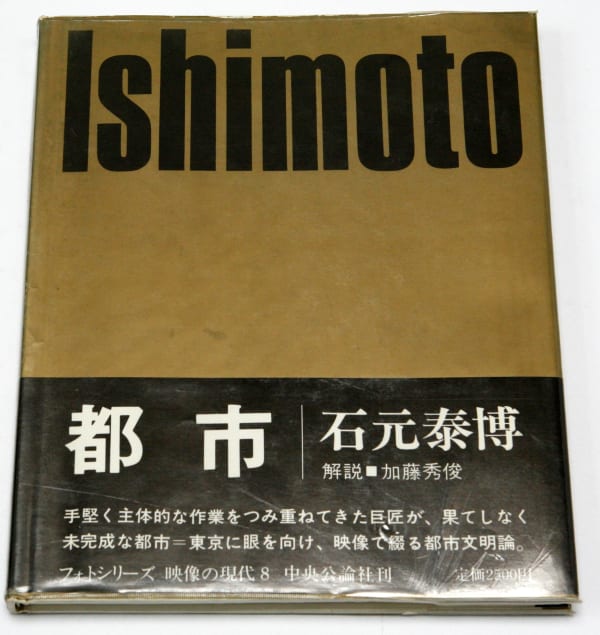
Toshi - Yasuhiro Ishimoto
Yasuhiro Ishimoto, 1971hardcover with dust jacket en obiRead more
Publisher: Chūō-kōron-sha
Dimensions: 220 x 265 mm
-

#59 Yōjo - Jeremy Stigter & the IBASHO Collection
3 Jun - 6 Aug 2023IBASHO is delighted to announce the opening of “Yōjo”, an exhibition developed in close collaboration with the Dutch photographer Jeremy Stigter. “Yōjo”, a Japanese concept that can be translated as...Read more -

#53 Toshi-City
Summer group exhibition 25 Jun - 28 Aug 2022For the 2022 Summer group exhibition IBASHO has chosen the city ('Toshi' in Japanese) as a theme. Who thinks of Japanese cities, thinks of Tokyo first. This hypermodern city in...Read more -

#47 Mizu
Summer group exhibition on the theme of 'Water' 17 Jun - 22 Aug 2021For the annual Summer exhibition of 2021 IBASHO has chosen the theme ' Mizu ', the word for 'water' in Japanese. As an island nation, Japan has a deep connection...Read more -

#37 初雪 HATSUYUKI - a group exhibition on 'FIRST SNOW'
7 Dec 2019 - 12 Jan 2020A small flake of snow Came floating down Onto my forefinger Onto its tip Heaven's messenger as it were A small flake of snow Arrived floating Melted on my forefinger...Read more
-

#30 CHICAGO CHICAGO - YASUHIRO ISHIMOTO & THE CHICAGO INSTITUTE OF DESIGN
17 Nov 2018 - 6 Jan 2019The exhibition 'Chicago Chicago' at IBASHO highlights works created by Yasuhiro Ishimoto (1921 - 2012) from various periods in his long career as a photographer. Ishimoto was an important figure...Read more -

#11 THE GALLERY CLUB AND IBASHO PRESENT JAPANESE PHOTOGRAPHY
28 - 29 May 2016On Saturday May 28 and Sunday May 29 2016 The Gallery Club and IBASHO present Japanese Photography @ The Studio of Karen Knispel & Henk Drosterij, Binnen Dommersstraat 7, Amsterdam...Read more
